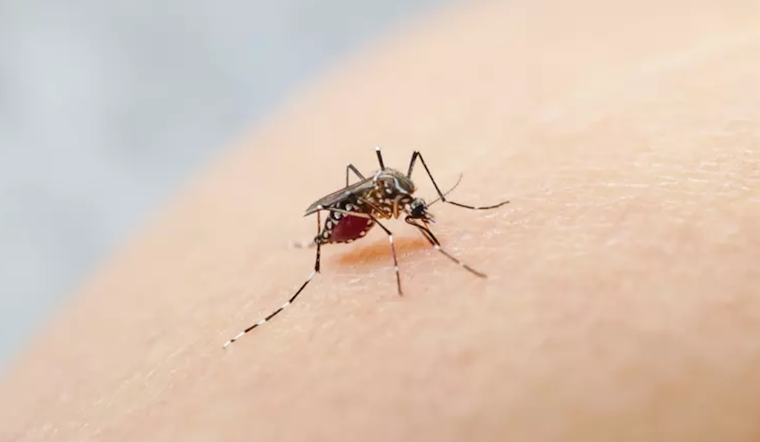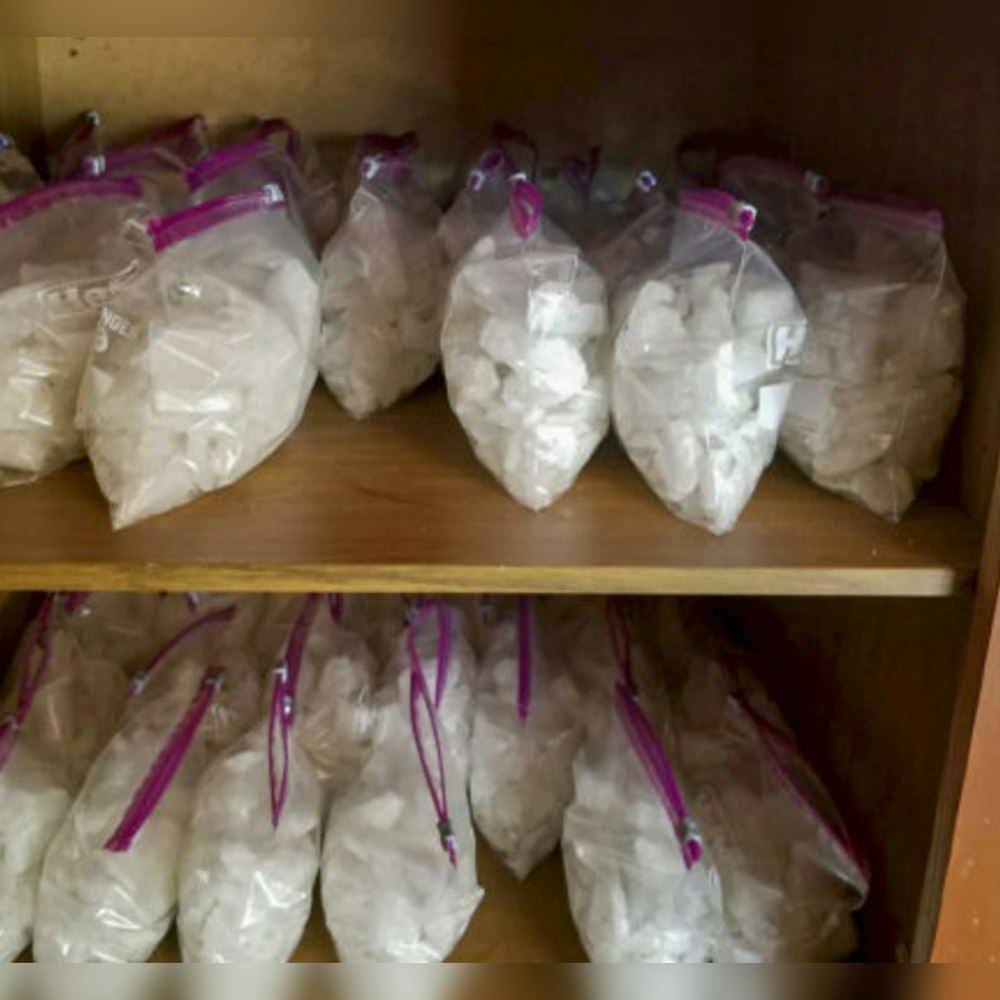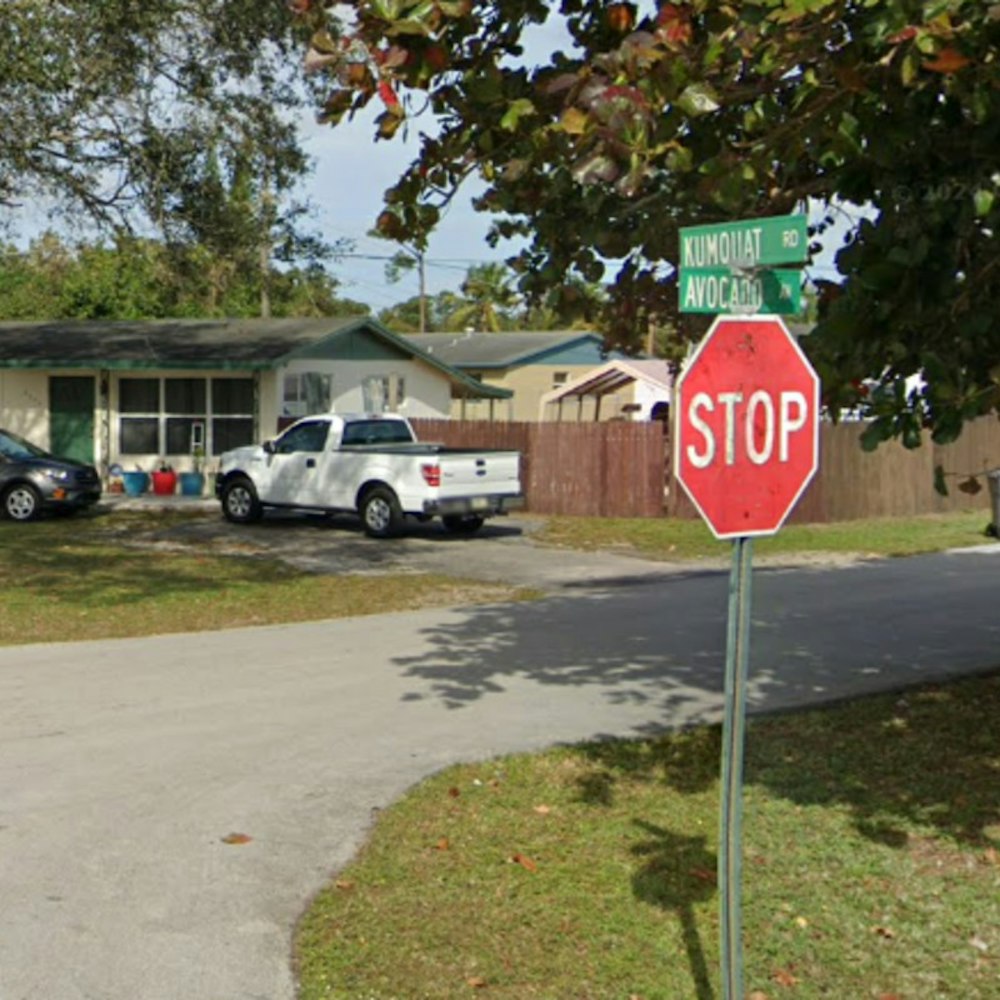
The County of Santa Clara Vector Control District has once again spotted troublesome Aedes aegypti mosquitoes, also colloquially known as "Yellow Fever Mosquitoes," with six females of the species found lurking in San Jose's East Side, raising public health concerns due to their infamous knack for spreading diseases like dengue and yellow fever.
In a battle against these unwelcome visitors, half a dozen non-native bloodsuckers were detected on Machado Lane near Story Road, prompting a swift eradication mission with staff trapping, inspecting, and treating areas to halt the spread of these pests, while the warm months of spring and summer looming, this multi-property residential invasion signals a heightened threat compared to the industrial facility incursion in North San José from the fall of 2022.
Edgar Nolasco, Director of the County of Santa Clara Consumer and Environmental Protection Agency, underscored the urgency in a statement obtained by the official county news portal, "The Vector Control District is working tirelessly to prevent Aedes aegypti from becoming established in Santa Clara County – and we need the public’s help," highlighting the importance for residents to cooperate and allow inspections to stop mosquitoes from establishing a permanent base of operation.
This is the non-native species' second detection in the area, but this time, the invasion scales up as it spans across homes where these aggressive day-biters can severely affect the quality of life; residents are called to action to check for standing water, a mosquito breeding ground and grant access to district staff who are focused exclusively on the mosquito menace, guaranteed by the district that their privacy rights will be intact during these critical checks.
Characterized by striking black-and-white stripes, the Aedes aegypti don't venture far from where they hatch. Still, their presence in 19 California counties is worrisome. Officials emphasize the public's crucial role in uprooting the problem by dumping standing water and ensuring water containers are properly screened or scrubbed clean.
To safeguard from bites, the district advises the public, through the official county website, to wear protective clothing and use EPA-registered insect repellents, maintaining well-fitted window and door screens, reporting any day-time mosquito bites and seeking medical advice if exhibiting symptoms post-travel from affected areas.
The Vector Control District's plan of action includes pesticide use that aligns with Federal and State environmental guidelines, with vigilance for potential virus transmission by the mosquitoes continuing, and collaboration ongoing between local health authorities, medical providers, and laboratories to monitor occurrences of related diseases.









